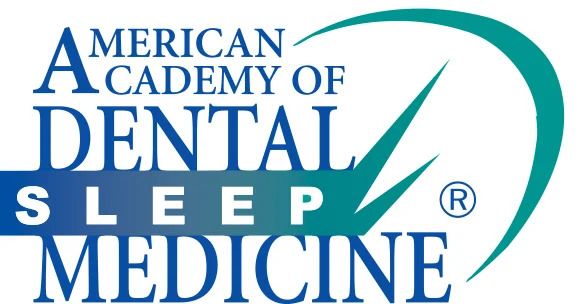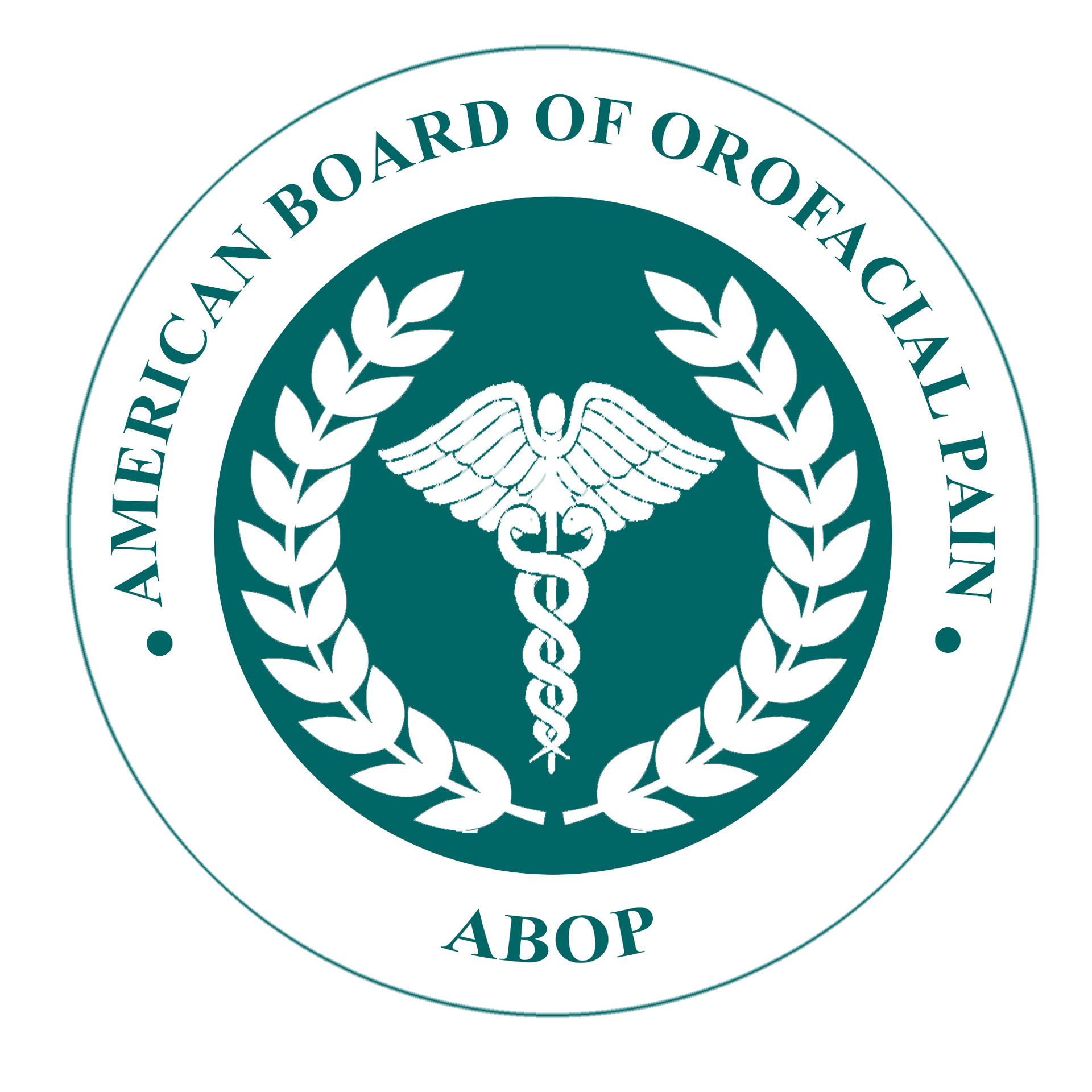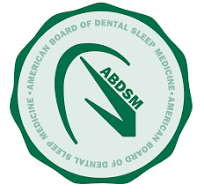Sleep Apnea Treatment in The Woodlands, TX
If you've been diagnosed with sleep apnea, you may have mixed feelings about what it means for your health and the sleep apnea treatment options available to help you finally wake up feeling rested in the morning. For many people, a diagnosis after suffering from ongoing symptoms can be a relief. Sleep apnea is a form of disordered breathing while you sleep which causes you to breathe abnormally or have lapses in breathing. Besides chronic exhaustion, these interruptions can have a negative effect on other aspects of your health.
Luckily, there are a variety of sleep apnea treatments available for all levels of sleep apnea severity. After a sleep apnea diagnosis, your doctor may recommend you make lifestyle and diet changes. You may also need to make changes in your sleep routine. In some cases, certain medical devices may be recommended to open your airway so you can keep breathing normally through the night. Depending on your health conditions and individual situation, surgery may be the best option for treatment. Dealing with a diagnosis can feel frightening. Learning more about sleep apnea and the available treatments can help you look toward a positive future of improved health.
What is Sleep Apnea and Is It Treatable?
Sleep apnea is a condition that changes the way you breathe at night. Depending on the type of sleep apnea you have, you may have labored breathing or pauses in breathing while you sleep. Sleep apnea causes the airways to collapse or become blocked while you sleep, causing you to stop breathing for 20 or 30 seconds. When your brain doesn't receive the oxygen it needs, it wakes you to restart the breathing process. Most people are unaware these incidents occur, and simply feel tired even after what seems like a good night's sleep.
There are three types of sleep apnea:
- Central Sleep Apnea: Occurs when the brain sends incorrect signals to the muscles that control your breathing
- Obstructive Sleep Apnea: A condition where the throat muscles intermittently relax and block your airway
- Mixed Sleep Apnea: A mix of both central and obstructive sleep apnea
Any individual of any age, including children, can have sleep apnea. The most common symptoms of sleep apnea are daytime tiredness, snoring, and morning headaches. Yet, left untreated, sleep apnea can lead to other more serious conditions like hypertension and diabetes. The truth is, all forms of sleep apnea are serious, and they can be treated. If you have sleep apnea, your specialist may recommend you try some of these treatments.
Treating Sleep Apnea at Home
For many people, certain lifestyle changes can drastically improve or even resolve sleep apnea symptoms. Your doctor may recommend the following suggestions.
- Lose weight. Excess weight builds extra tissue in your throat, which can make it become obstructed more easily when your muscles relax while you sleep. Losing even a small amount of weight can reduce your instances of obstruction.
- Don't use alcohol or sleeping pills. Alcohol and sleeping pills can decrease the muscle tone in the back of your throat. These substances also cause your muscles to relax more while you sleep. When throat muscles become too relaxed the airway is easily blocked.
- Change sleep positions. Obstructions occur most often when sleeping on your back. Your doctor will likely recommend side-sleeping and may suggest you place a tennis ball on the back of your pajamas to keep from rolling over while sleeping.
- Stop Smoking. Smoking can increase swelling in your upper airway, making both snoring and apnea worse.
- Treat allergies. Nasal allergies swell tissues in your airways and make them narrower. These narrow airways make it harder to breathe and can be easily collapsed,
Oral Appliance Therapy (OAT)
Oral appliance therapy (OAT) This type of therapy consists of a mandibular advancement splint (MAS) that goes into the mouth and attaches to the teeth in order to bring the jaw forward at night. By bringing the jaw forward, the tongue that is attached to the jaw comes forward also, thereby opening up the back of the throat. The site of obstruction is the base of the tongue collapsing against the airway.
Therefore, by bringing the lower jaw forward, the airway is physically made larger, which makes it easier to breathe. These appliances are well documented to be successful, especially in mild-to-moderate obstructive sleep apnea. Both the American Academy of Sleep Medicine and the American Academy of Dental Sleep Medicine recommend it for consideration as a first-line treatment for mild to moderate sleep apnea.
Advantages of Oral Appliance Therapy
- Comfortable
- Easy to Wear
- Portable
- Convenient for Travel
- Easy to Care For
Adjusting to Oral Appliance Therapy
When you begin using oral appliance therapy, you will likely need to visit your dentist a couple of times to get fitted for your custom-made appliance. After you begin using the device, you'll return for follow-up visits to discuss its effectiveness and may even attend an additional sleep study. You might experience discomfort while getting used to the device, including dry mouth, tooth sensitivity, and jaw discomfort. Your doctor will work with you until the device is comfortable and the effects subside.
Types of Oral Appliances
Oral sleep appliances are effective because of the way they naturally open your airway to allow optimized oxygen flow. Rather than force air through manually, like with a CPAP machine, mandibular advancement devices guide your lower jaw (mandible) forward. This movement prevents the collapse of soft tissues at the back of your throat, which is a primary cause of obstructive sleep apnea.
- Mandibular Advancement Devices: These devices work to keep the lower jaw pulled forward which keeps the tongue forward, making it less likely to block the airway
- Tongue Retaining Devices: With the use of suction, these devices keep the tongue positioned forward without affecting the lower jaw.
Happy Patients
"Made me feel like they truly cared about my well being"
I can highly recommend Dr Phillips and her wonderful staff. They made the office visit so pleasant and made me feel like they truly cared about my well being. The service they provide is so specialized and we are so lucky to have them near my neighborhood. TMJ has been my issue for many years and thanks to Dr Prehn and now Dr Phillips and this great staff, it has become a very manageable issue. Again, I would highly recommend them...it can be a life changing solution.
- Reba S.
"It has been years since I haven't experienced having a morning headache."
“Dr. Phillips and the whole team took excellent care of me -- from setting appointments and follow-ups, diagnosis and treatment. I was treated with compassion and courtesy. Dr. Phillips and her staff spent a great deal of time with me to understand my history and symptoms, perform a comprehensive exam and imaging, and provide a detailed diagnosis and treatment plan. And it worked! The first night I slept with my appliance the next morning I did not have a headache. It has been years since I haven't experienced having a morning headache. Totally worthwhile doctors visit. Terrific experience. Highly recommend.”
- Lydia H.
Other Common Forms Of Sleep Apnea Treatment:
Medical Treatment
The foremost medical treatment for obstructive sleep apnea is continuous positive airway pressure (CPAP) that is used in order to maintain the integrity of the airway. This is a machine that maintains a certain pressure down a tube, that goes to the mask on the patient’s face. This air pressure goes into the nose, then down the back of the throat. This air pressure keeps the airway open at night so that person can breathe freely. This mechanism works very well except the mask can be a major problem.
Research has shown that CPAP compliance nationwide is approximately 51% . Some committed sleep doctors work very hard with the patients to get them to acclimate to the machine and their success rate is more in the 80% range. The CPAP has well documented side effects that are too numerous to mention here. The main reasons for rejection of this therapy is leakage of the mask, pressure on the face, machine noise and straps around the head.

-1280x851-1920w.jpg)
Combination Therapy
This category consists of combining the mandibular advancement device (MAD) with the CPAP machine. This combination could either include MAD in conjunction with the CPAP (Type I) or having the CPAP machine connect directly to an oral appliance (Type II). Dr. Katherine Phillips is board-certified by The American Board of Dental Sleep Medicine and has successfully treated hundreds of patients with this solution.
Dr. Phillips is well versed in combination therapy and has several different options to consider. Combination therapy is typically recommended when a person is unable to be fully treated by a mandibular advancement device by itself, and is also unable to tolerate the CPAP machine (failure with both those options). By combining these 2 together, almost all the possible obstacles to treatment can be addressed. These combination devices are very comfortable and allow for reduced CPAP air pressures leading to improved satisfaction and compliance.
While combination therapy is primarily recommended for people who are on the more severe side of the spectrum of sleep apnea, symptoms don't have to be severe in order to obtain benefit from this type of therapy.
Surgery
There are several types of surgeries for treating OSA (obstructive sleep apnea), most of them provided by an otolaryngologist (ENT) or an Oral Maxillofacial Surgeon (OMS). These surgeries may be performed to create a wider airway, move the tongue forward, or adjust the jaw.
The latest type of surgery that an ENT can provide, is called a "Sleep Endoscopy." The ENT puts the patient to sleep and with a scope through the nose, can observe the airway to find the area of obstruction, and then use surgery to open that area. With children, it is highly recommended to have an ENT remove large tonsils or adenoids that are causing obstructive or limited breathing at night.
Orthognathic surgery has an extremely high success rate. This surgery is performed by an OMS. The procedure requires the surgeon to cut the lower jaw and upper jaw (Maxillary Mandibular Advancement (MMA)) and advance the jaws permanently. This opens up the airway and is basically the only real "cure" for OSA. This is major facial surgery and should only be considered under optimal conditions for success as there are many factors to consider moving into this type of therapy.
(1)-1024x740-1920w.jpg)
What Sets Our OSA Treatments Apart?
Dr. Phillips is board-certified in dental sleep medicine, has over a decade of experience, and has successfully treated over 5000 patients with obstructive sleep apnea. She can provide lasting relief with the use of oral appliances and other less invasive treatments. This can be a refreshing alternative to bulky CPAP machines, surgery, and other inconvenient methods. All of her treatments are research-based, patient-focused, and customized to your individual needs. So stop dealing with poor sleep and loud snoring and have your sleep apnea treated by an experienced professional!
Answering Your Treatment Related FAQs
What Our Patients Say About Us
"The change I am seeing is incredible in such a short period."
My dentist referred me to Dr. Phillips a few months ago, after complaining of jaw pain, vertigo, and migraine headaches. I had no idea that they could be related. I had my second checkup/adjustment at Restore TMJ today, the change I am seeing is incredible in such a short period. The opening and closing of my jaw has gotten smoother and less awkward. Not one migraine this month and I haven't had one scary vertigo episode since I started wearing my splint. I am able to shop alone now, beforehand I would drag my husband with me because having a vertigo episode alone in public is super scary. Since 2005, no doctor has put my vertigo, headaches, and TMJ together. This is life-changing!" Martha A
"I now look forward to going to bed instead of dreading it."
"Life changing! Dr. Phillips is exceptional!! She is a master problem solver with incredible practice. Her staff is excellent... kind and compassionate and highly competent. I struggled with CPAP and BIPAP for years. She has solved all of my sleep issues with a unique solution called TAP PAP. The appliance is a mouthpiece that opens my airway at night so my CPAP machine will actually work. I now look forward to going to bed instead of dreading it. I'm actually sleeping for the first time in decades!! Dr. Phillips' commitment to helping her patients is outstanding, she and her staff go above and beyond in caring for their patients! Forget the ads on Facebook for the latest miracle snoring solution, don't waste your time or money. They don't work. She has a real solution and it is a medical device that WORKS not a gimmick. I'm so thankful for what she has done for me, like I said, life changing!!!" Taani F
Contact Us for Sleep Apnea Treatment
If you suspect that you are experiencing sleep apnea, we invite you to schedule a no-pressure consultation at our practice in The Woodlands. Dr. Phillips has a board certification in dental sleep medicine and has treated thousands of patients just like you. Call or fill out the form below today!
-2700x842-1920w.png)










